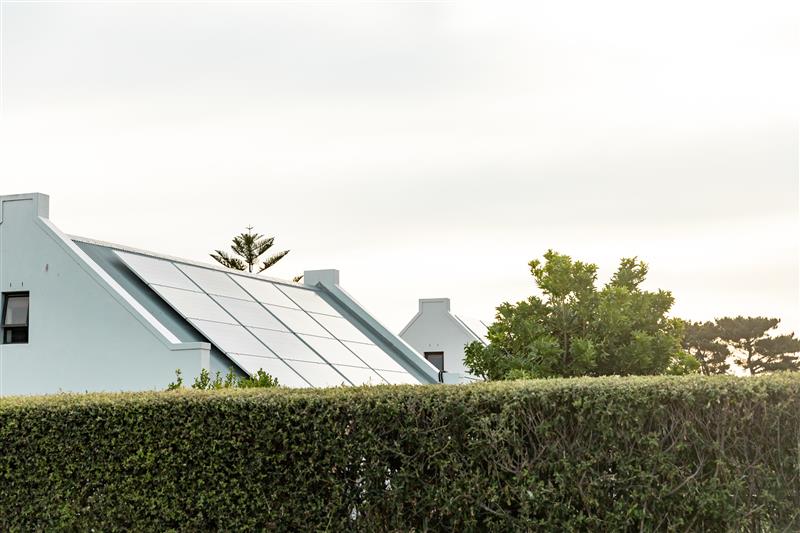The escalating prices of electricity are prompting a growing number of Filipinos to turn to alternative energy sources, with renewable energy solutions gaining considerable traction.
Among the various renewable energy options available, solar power is emerging as a particularly popular choice for residential use. This increasing adoption of solar energy for homes reflects a direct response to the financial pressures caused by the rising costs of traditional electricity, as families seek more sustainable and cost-effective ways to power their households. The shift towards solar energy not only helps Filipinos mitigate the impact of high electricity bills but also contributes to a more environmentally friendly energy landscape.
While solar power is a very promising solution, Dr. Jaime Honra, program chair of the School of Mechanical, Manufacturing, and Energy Engineering at Mapúa University, emphasized that understanding the right solar power system is key to making a wise and cost-saving investment for Filipino households.
Solar power systems are the most accessible form of clean energy for residential and commercial spaces. It utilizes solar panels or rectangular photovoltaic (PV) plates on roofs to capture sunlight and convert it into electricity, powering homes like energy from electric cooperatives or big power distributor companies.
An institution expert in RE and energy engineering, Dr. Honra said it is critical for homeowners to first understand the uniqueness of each type of solar power system and which one is best suited for their needs before they invest in one. He explained that there are three primary solar power systems:
Grid-tied solar system is an affordable option that works optimally in daytime. It remains connected to the power distributors for continuous supply and allows homeowners to earn credits for excess energy through a process called net metering.
Off-Grid solar systems are completely independent of the grid and stores power in batteries for use at night or during blackouts. While ideal for remote areas, it is more expensive to install and maintain due to the need for battery replacements every five to ten years. Aside from the PV panels, the system also needs an inverter, batteries, and a charge controller.
A Hybrid solar system, on the other hand, is the most flexible solution which combines the capabilities of grid-tied and off-grid systems. It powers the home during the day, stores excess energy in batteries, and automatically switches to battery power during outages. While more complex, it offers maximum energy security which is why it has higher upfront costs.
Dr. Honra explained that homes with reliable power distributors are best suited for Grid-tied or Hybrid systems, while locations without or unstable grid access, or those experiencing frequent brownouts, should opt for Off-grid or Hybrid solutions to ensure continuous power.
It should also be noted that before the installation of a system, energy engineers will conduct a solar site survey to analyze your home’s roof, electrical system, and energy consumption. This ensures the system is properly designed for your needs. It’s crucial to use licensed, experienced providers who use typhoon-rated mounting systems that can withstand strong winds, although some risks remain in exposed areas.
Despite the initial costs, long-term savings and financing options make solar a viable solution for many middle-income households. A reduction of nearly a quarter in the electricity bill can be realized within the first year, with a return on investment ranging from three to nine years depending on various factors.
However, Dr. Honra cautioned that installing solar panels doesn’t automatically guarantee savings. “You can install a beautiful ₱300,000 solar system, but if your household’s energy habits don’t align with how solar power works, you won’t maximize savings. Solar panels only produce power during the day, roughly from 9 AM to 4 PM. Like inverter aircons that save more if used continuously than turning them on/off, solar panel savings need strategic daytime usage,” he said.
The long-term vision of a solar-powered Philippines—with lower living expenses and a greener, more resilient economy—is what drives Mapúa University’s commitment to energy education. By training future energy experts through its pioneering BS Energy Engineering program, the university is actively empowering the next generation to help the country achieve energy security and propel its adoption of renewable energy across all sectors.
To learn more about how you can become a part of their vital mission and explore Mapúa’s Energy Engineering program, visit admissions.mapua.edu.ph/portal and begin your journey to a world-class, future-focused education today.



















Leave a Reply